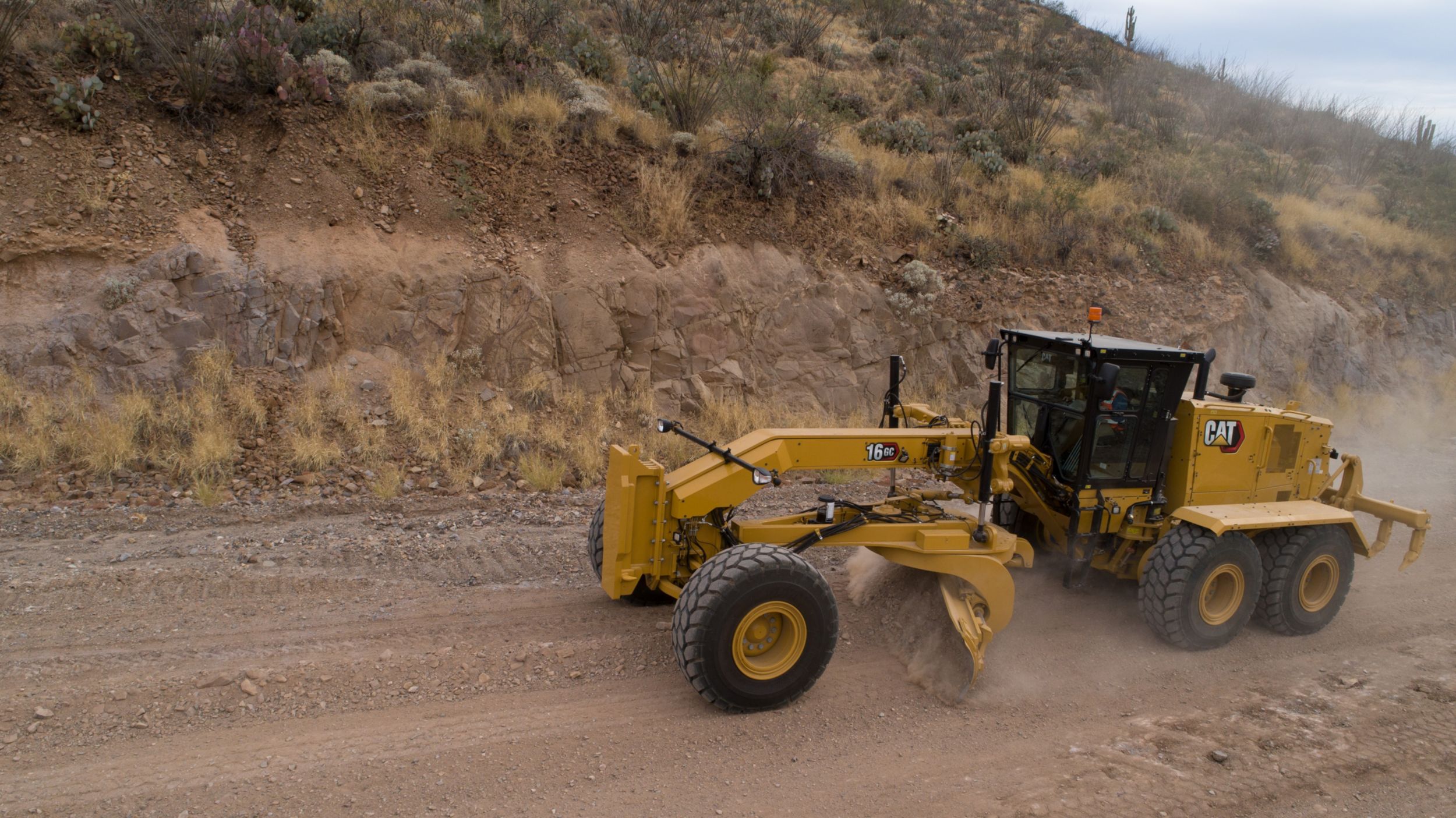
Handling and getting productive performance from heavy equipment on the field is not an easy job. Especially motor grader in your hand, it’s quite challenging to work on and off-site with this giant equipment. Operating such machines requires proper knowledge about the machine, skill, and professionalism. Without its consolidation, a deteriorating effect even entangles the very job on hand and culminates in an unproductive outcome.
When operators work on uneven surfaces, roads, and demolition sites, they need to understand how to operate them effectively. Also, they must take care of its parts to avoid any unnecessary damages and delays.
Knowing a few things won’t get you very far when it comes to using a motor grader, consequently, we have put together some advice and guidelines that may help you extend the time between maintenance and optimize your motor grader’s capacity. No matter what kind of wear the surface or worksite has, it needs to be maintained in order to remain functional.
Inspection Before Operation
The fundamental thing the operator needs to do is check carefully the equipment before moving it to the site. Before functioning the motor grader it is important to ensure that every part of the motor grader is in fine condition. Particularly, its main components like moldboard, blade, and operating system. Checking and inspecting the main and necessary parts and stuff can help you a lot in the construction field. It saves time that wastes is any of part is damaged and dislocated.
If you fail to generally note all these aspects, you may have to spend additional money for repairs as well as the maintenance of such or similar parts. Subsequently, checking the machine prior to its work is a critical point that must be done before starting site work.
Maintenance Should Be The First Priority
The operator needs to give proper consideration to servicing when using old construction equipment. Regular maintenance helps avoid unexpected problems that may lead to workflow disruptions. Keep in mind that the overall condition of construction equipment directly affects its performance; well-maintained machinery will always produce higher-quality outcomes.
Simply taking care of small problems before they become costly repairs can drastically cut expenses even if you just have elementary knowledge of maintenance. Simple actions like routine maintenance, fluid checks, and part inspections can have a significant impact. Future headaches, money, and time can be avoided with a little work now.
Excess Leads to Problems
When working on a hard and dry surface and applying excess downward pressure then, one experiences a rapid dulling of the cutting edge. As the surface is so hard the ground pressure when raised will lead to more fuel consumption and horsepower usage.
Excessiveness is not always good and useful, we must understand the actual pressure of the machine specifically the blade. If we put extra pressure on the blade and moldboard,d it might create tension in equipment parts later leading to damage to certain pieces.
In order to improve production and reduce energy consumption, the strategy should constantly be focused and sensible. You won’t accomplish more work even after exerting this much effort.
Avoid Rearrangements
Always cut through the hole all the way to the bottom before filling it in when repairing potholes. The probability of the pothole reoccurring or the material shifting over time is decreased, and the new material is guaranteed to remain safely in place. This method saves you time and money that would otherwise be spent on frequent repairs in addition to preventing reoccurring problems. In order to preserve a smooth and long-lasting surface, it might be very beneficial to take the time to do it correctly the first time.
Modifying Moldboard Carefully
The moldboard top, which should be two inches in front of the cutting edge, is where you should begin road maintenance. After that, you can choose to modify based on the materials and conditions. The moldboard can now be tilted forward or backward to produce the required movement and then sustain it.
Focus On Articulation
Whether you own the piece of equipment or are using heavy machinery to complete the task. At the very least, you need to follow these suggestions to steer clear of shorter maintenance intervals. When working on slopes, it’s also important to remember that you should never articulate the motor grader in such situations because this might cause the grader to roll over and seriously injure other people.
A Small Modification
Not all construction equipment operates as you might expect. For example, operators occasionally believe that working more quickly is a more efficient approach to completing tasks.
That isn’t the case with motor graders, though. You should never be in a rush to finish a task when using a motor grader for ditching or blading since excessive frequency could cause the motor grader to bounce and gauge the surface.
Operator control over the equipment may be lost if things get out of control, which could result in dangerous circumstances. Machine speed must be kept low to prevent gauging.






Leave a Reply